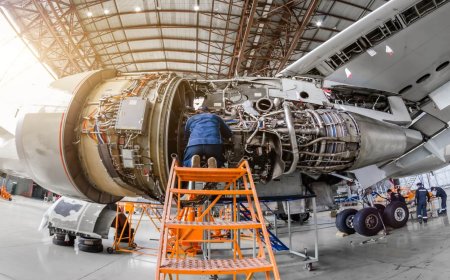imaginX is used by many amazing schools and universities
University / College
Gain expertise in Failure Mode and Effects Analysis (FMEA) through immersive XR simulations. Learn to systematically identify, assess, and mitigate potential failure points in semiconductor manufacturing processes to enhance reliability and quality.
University / College
Enhance students' involvement in science by immersing them in interactive learning scenarios. Create simulations for experiments, provide hands-on training in laboratory techniques, and convey theoretical concepts through captivating visual experiences to improve their overall long-term learning outcomes.

Immerse students in the effective use of oxygen therapy and aerosol medication delivery systems. XR simulations will guide students through the setup of oxygen devices and the administration of respiratory medications, improving patient care in respiratory emergencies.

Explore the design, simulation, and tuning of control systems for mechanical and electrical applications. Through interactive simulations, students will design feedback control systems using PID (Proportional-Integral-Derivative) controllers to regulate variables such as speed, temperature, or position. Real-time feedback will help students evaluate control system stability, response times, and error minimization for optimal system performance.

Explore the principles of designing earthquake-resistant structures to mitigate seismic damage. Students can simulate seismic activities and observe their effects on various infrastructures, gaining practical insights into structural behavior. Interactive lessons focus on implementing base isolation, dampers, and reinforced materials to enhance structural resilience. Feedback provides guidance on safety compliance, performance optimization, and effective design techniques for seismic resistance.

Explore XR-driven simulations for inspecting, maintaining, and repairing various aircraft engines, including turboprop, turbojet, and piston engines. Students will virtually disassemble and reassemble engine components, perform routine inspections, diagnose engine problems, and conduct performance tests. Real-time feedback helps improve procedure accuracy, engine performance, and safety standard adherence.

CNC Machine Programming and Operation trains students on Computer Numerical Control (CNC) machines, essential in modern manufacturing for automated machining. Students will virtually program CNC machines to cut, mill, or shape materials according to specific designs, and simulate the generation and execution of G-code. The course includes 3D visualization of machining paths, with real-time feedback on tool wear, precision, and cycle times to optimize machining processes.

Provide immersive training on robotic-assisted surgery and the design of medical robots through XR simulations. Students will master controlling robotic arms for minimally invasive procedures and learn how to program medical robots for precise tasks like suturing, tissue manipulation, and incision creation.
imaginX seamlessly integrates with leading LMS (Learning Management Systems), enabling educators to track student performance and allowing students to maintain their work records. It is compatible with popular platforms such as Canvas, Blackboard, Moodle, Google Classroom, Schoology, Sakai, Brightspace/D2L, and can also be used independently of an LMS.









